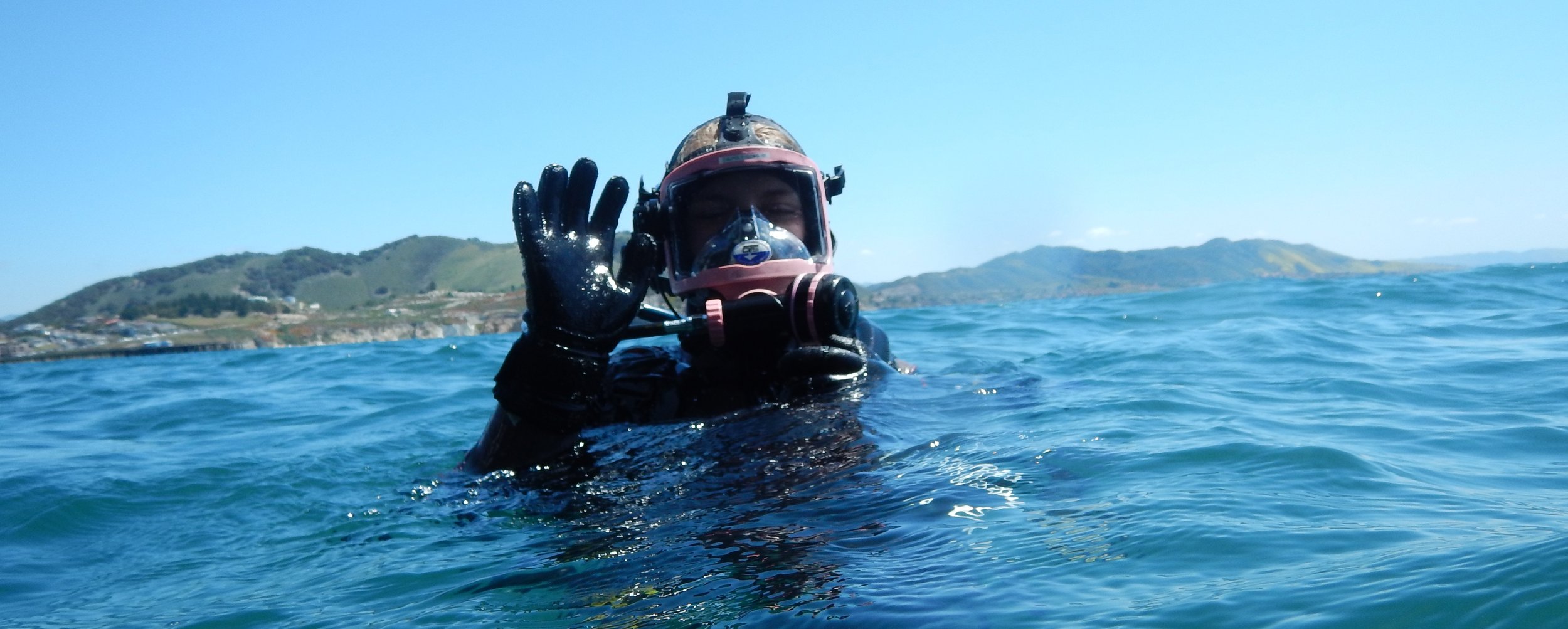
DIver 360 Lesson PLans
DiVeR 360 Lesson plans…
For Middle School Science Students
In the Cal Poly pier piling module, students view and control virtual reality videos filmed underwater to experience SCUBA diving and conduct scientific methods themselves (“swim” a transect and count sea stars, urchins and anemones), after which they analyze their data and compare results (e.g., collected at different depths and for different species), culminating in their achievement of the NGSS Performance Expectation MS-LS2-1 (6-8th grade), “Analyze and interpret data to provide evidence for the effects of resource availability on organisms and populations of organisms in an ecosystem”.
For High School Science Students
This lesson plan is focused on HS-LS2 Ecosystems: Interactions, Energy, and Dynamics. In the lesson plan high school students watch videos filmed underwater to experience SCUBA diving and conduct scientific methods themselves (“swim” a transect and count sea urchins and kelp), after which they analyze their data and compare results (in between control and restoration sites), culminating in their achievement of the three NGSS Performance Expectations:
HS-LS2-1: Use mathematical and/or computational representations to support explanations of factors that affect carrying capacity of ecosystems at different scales
HS-LS2-2: Use mathematical representations to support and revise explanations based on evidence about factors affecting biodiversity and populations in ecosystems of different scales.
HS-LS2-6: Evaluate claims, evidence, and reasoning that the complex interactions in ecosystems maintain relatively consistent numbers and types of organisms in stable conditions, but changing conditions may result in a new ecosystem.

